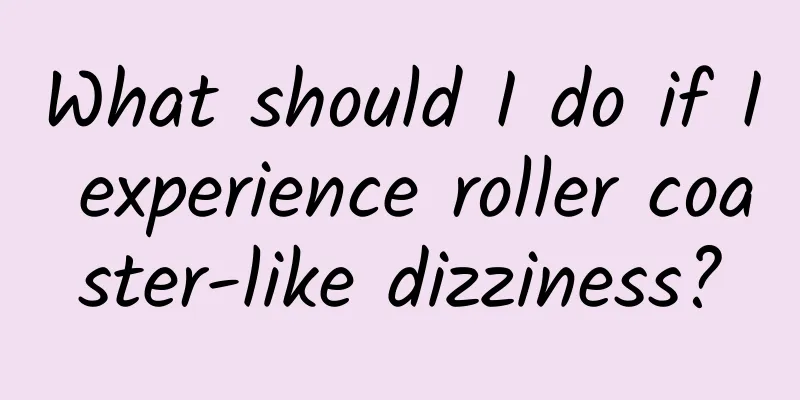What to do with small uterine fibroids

|
The problem of uterine fibroids is a big problem that many of our female friends are particularly disgusted with. It may cause great harm to our own reproductive organs. If not treated in time, there may be a worsening reaction, which may endanger our own life and health. We must pay attention to our genital hygiene on a daily basis. Let's get familiar with what to do with small uterine fibroids. 1. Treatment 1. Treatment principles For the treatment of atypical endometrial hyperplasia, first of all, a clear diagnosis should be made to find out the cause of the atypical hyperplasia, whether there is polycystic ovary, functional ovarian tumors or other endocrine dysfunction, etc. Those with any of the above conditions should receive targeted treatment. At the same time, symptomatic treatment can be started for atypical endometrial hyperplasia, using drug therapy or surgical treatment. The choice of these two treatment options should be based on age, type of endometrial hyperplasia, requirements for fertility, etc. (1) Different ages have different considerations: ① Young women who are eager to have children should avoid overdiagnosis and overtreatment. It is not uncommon for endometrial hyperplasia to be overdiagnosed as adenocarcinoma and even overtreated. It would be a great mistake to remove the uterus without a clear diagnosis. In clinical practice, there are many examples of such mistakes. If the pathologist is unaware that the patient has fertility requirements and the clinician does not emphasize it, misdiagnosis and mistreatment may be inevitable. Therefore, for the diagnosis of endometrial biopsy in young infertile women, if any doubts are found, multiple experts should be consulted to clarify the differential diagnosis of endometrial hyperplasia or endometrial adenocarcinoma to the greatest extent possible. ② Perimenopausal or postmenopausal women should be alert to the possibility of atypical endometrial hyperplasia and cancer coexisting. They should consider hysterectomy and be careful not to be overly conservative. Do not perform only endometrial resection without ruling out the possibility of cancer, which may cause adverse consequences. When the uterus is removed due to atypical endometrial hyperplasia, the removed uterus should be examined on the operating table to see if there is coexistent cancer, and pay attention to whether there is cancer infiltration into the muscle layer and choose the appropriate surgical scope. Knowing what to do with small uterine fibroids can help us get rid of the troubles of this disease as soon as possible and help us better restore our own health. The best solution is to use surgical resection to help us clear the tumor and achieve a very good healing effect. You can try it. |
<<: Beware of the harmful effects of smoking on women
>>: Can you still grow taller after giving birth?
Recommend
Can pregnant women eat strawberry jam?
Strawberry jam is a product made from processed s...
National Liver Care Day|Wang Rongqi: How to standardize the timing and mode of artificial liver intervention
Wang Rongqi, Department of Hepatology, Integrated...
What causes small bumps on the vulva?
For women, vaginal care is very important. Becaus...
What to eat to remedy overworked women
Both life and work will bring certain pressure to...
What medicine can I take to induce miscarriage when I am pregnant?
Many women are not ready to have children when th...
Will it be cooler after the end of the dog days? How to calculate the time of the end of the dog days?
Today is the end of the dog days. The weather wil...
Can I eat soy sauce during confinement?
There are many things that women need to pay atte...
What does a negative early pregnancy test mean?
For women, if they have had sex recently and thei...
When is the best time for pregnant women to eat bananas?
The health of pregnant women also indicates the h...
Is urinary tract infection in women easy to treat?
Urinary tract infection is a disease that many wo...
Thyroid diseases are prevalent, you must understand these test indicators!
Author: Liu Xiangyi, Professor of Beijing Tongren...
How long does it take for stitches to hurt after a normal birth?
Many women will experience episiotomy during norm...
Why can eating glutinous rice cake nourish women's blood? What are the ways to eat glutinous rice cake?
Ciba is a sweet snack that we often like to order...
How long does it take for the belly to go down after a caesarean section?
For women who love beauty, the most terrifying th...
What are the differences in symptoms between having a boy and a girl?
In our country, many elderly people have experien...









